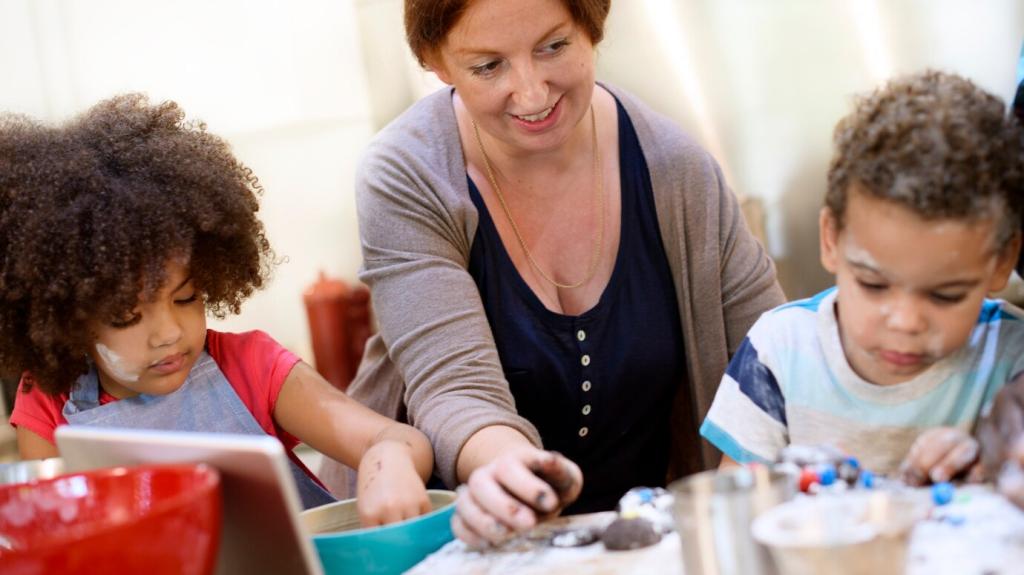AI-Assisted Feedback and Adaptive Practice
Use AI to highlight patterns in learner errors and generate targeted practice sets, then discuss them in class. A weekly heat map of frequent slips turned grading into coaching. What feedback pattern surprised you recently? Share it and how you addressed it creatively.
AI-Assisted Feedback and Adaptive Practice
Build decks that recycle functional phrases, discourse markers, and pronunciation cues, not just single words. One student tracked confidence gains after ten-day micro-sessions. Invite your learners to nominate phrases worth keeping. Comment with your top five must-keep expressions.




